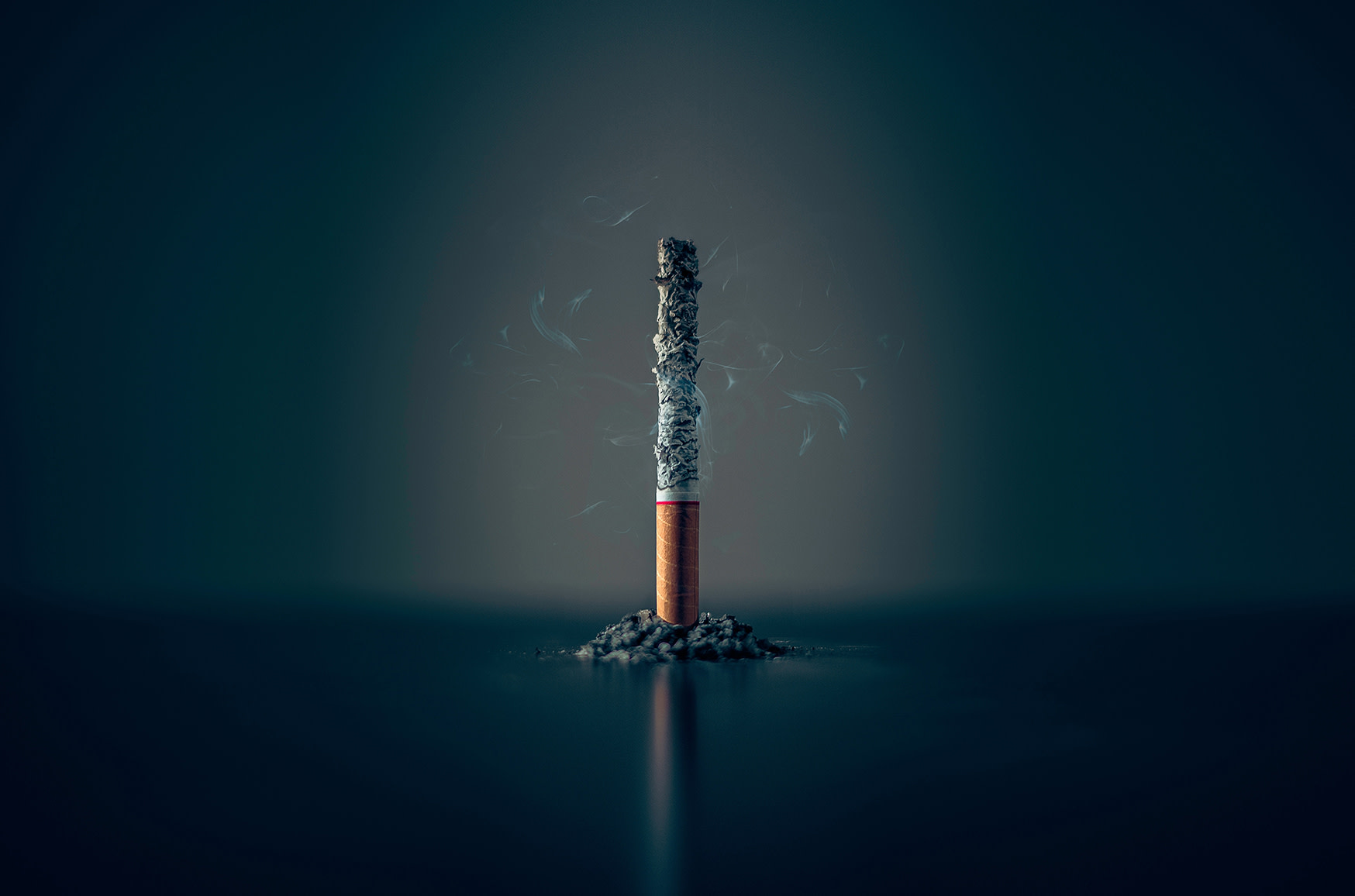
Many factors play a role in oral health longevity, but not enough attention is paid to the risks of smoking and using tobacco products. Of course, many of us know that it can discolour our teeth, but this is only the beginning of tobacco’s impact.
#1 Tobacco Use and Oral Cancer
When you read about the dangers of smoking and tobacco use, it is usually limited to the heart, lungs, and various cancers. But smoking also significantly impacts your oral health and puts you at an increased risk for developing oral cancer.
According to Johns Hopkins , an influential American research hospital, smokers are up to 10 times more likely to develop oral cancer than non-smokers. Tobacco, even chewing tobacco, contains over 25 cancer-causing chemicals.
In many cases, oral cancer starts as leukoplakia, a whitish sore or rough area where chewing tobacco is held between the cheek and gum. Oral cancer can also present as erythroplakia, a reddish sore or elevated patch anywhere in the mouth.
#2 Tobacco Use and Tooth Decay
Cavities are one of the most common dental health issues globally, and they are largely preventable.
According to Tobacco In Australia , smoking is not only a leading cause of cancer, it also contributes to tooth decay. This is because nicotine encourages the growth of certain bacteria and alters saliva production, further promoting dental cavities.
Additionally, a 2014 study out of Finland found links between smoking and other oral health risk behaviours, including more frequent snacking.
Smoking exacerbates dry mouth, which influences saliva flow. Saliva helps neutralise acids in the mouth that promote tooth decay. Interfering with the salivary flow can increase your risks for dental cavities and other oral health and digestive complications.
#3 Tobacco Use and Oral Candida
Oral candida is a yeast infection that occurs in the mouth. It causes whitish patches on the tongue and tissues, and it can mean sore areas in the mouth that make it difficult or impossible to wear prosthetics like dentures.
Tobacco use—smokeless tobacco included—has been shown to increase your risks for oral thrush significantly compared with non-users.
#4 Tobacco Use and Periodontal Disease
The link between tobacco use and periodontal disease is long-established. You are twice as likely to develop periodontal disease if you smoke compared with those who do not.
Periodontal disease means serious infections of the periodontal ligaments and tissues, which need to be healthy to support your teeth. Without ongoing treatment for periodontal disease, you risk tooth loss and systemic health risks, including heart health complications, low birth weight in your infant, certain types of dementia, and so much more.
A recent study found that smoking may be linked to more severe periodontal pocketing — openings between the teeth and gums — pocketing depth, and jawbone loss compared to those with periodontal disease who do not smoke.
#5 Tobacco Use and Slow Healing
Tobacco use slows healing and can constrict blood vessels in any part of the body, including your gums.
If you’ve had a dental extraction, your dentist will likely recommend not smoking for several hours to a few days after treatment. This is because smoking — aside from constricting blood flow to the site of your extractions — can also dislodge blood clots at the extraction site. These clots promote closure of the hole in your gum and encourage healing.
#6 Tobacco Use and Discoloured Teeth
Tobacco use can significantly discolour your teeth, and this includes smokeless tobacco. A 2021 study found that almost 30% of smokers were unhappy with the shade of their teeth. This was twice as many people compared with those who did not use tobacco products.
Tips to Help You Give Up Tobacco for Good
Nicotine is an addictive substance, and the habit of smoking or using tobacco can be difficult to break. However, tobacco's effects on your systemic and oral health make kicking the habit well worth it.
Set a Quit Date
Choose a date to quit smoking.
Try to arrange it so that it is not a stressful time. For example, avoid choosing a quit date that coincides with a big project at work or tax season. Pencil it in on your calendar, and don’t look back.
Gather Support
Let your friends, family, and coworkers know that you’re planning to quit smoking, and lean on them when you need support. And talk to your doctor about ways to help ease your transition into becoming a non-smoker. This can include prescribed medications.
Adopt Hobbies and Distractions
When you feel like smoking, change your focus. Distractions can include a hobby, long walks or exercise.
Don't Be Too Hard On Yourself
Slip-ups are expected. If you mess up, let it go and move on. The important thing is that you never quit quitting.
Remember, smoking is one of the leading causes of preventable death. Dental health professionals agree that quitting is always the best course for your oral health and your full-body wellness. Giving up tobacco in all forms is the first step toward a healthier smile and a more promising future.